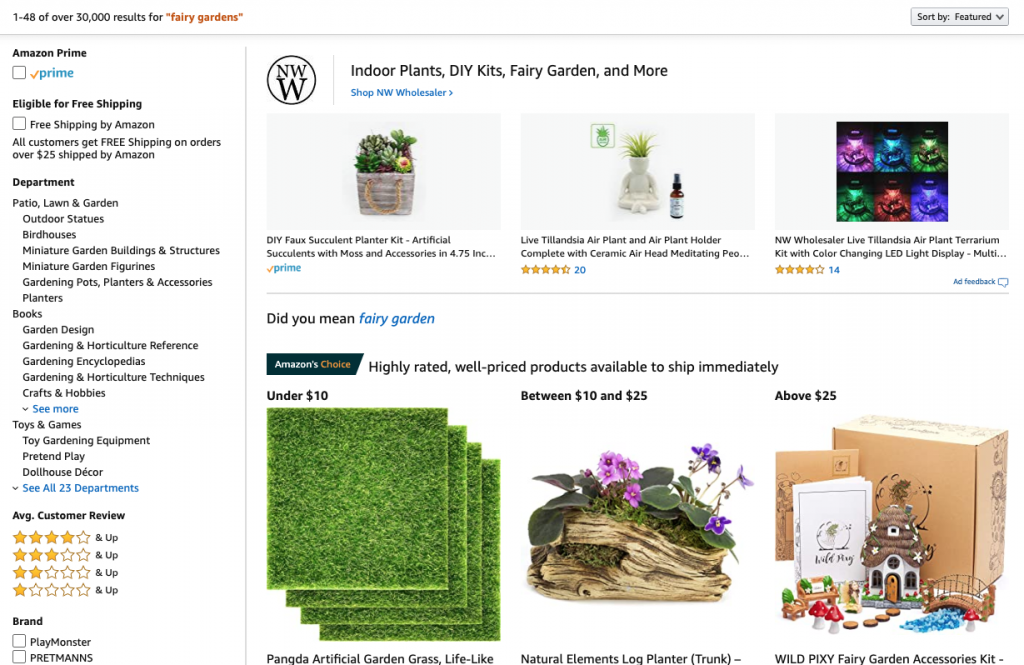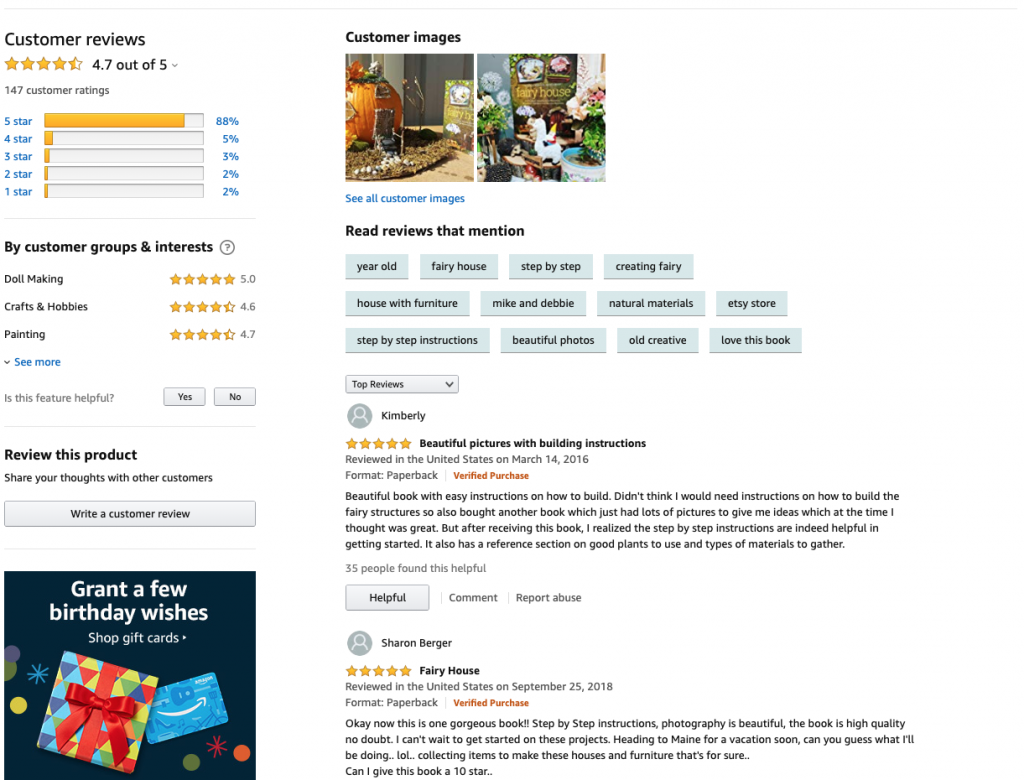Discover 7 ways to come up with blog post ideas for your blog. Come up with an endless stream of content ideas for your blog.

If you’re a blogger, you can never have too many ideas for blog posts. But where do you come up with these ideas? What should you blog about? Let’s go over 7 ways to come up with blog post ideas to get you an endless stream of content ideas to inspire you to get writing.
Coming up with blog ideas can be overwhelming – especially if you’re just getting started as a blogger. Or if you’re a blogger who doesn’t have a ton of time to brainstorm, let alone write!
In order to be a blogger, you need to have ideas on what to write and blog about regularly. You can come up with blog post ideas on the fly as time goes on, or you can create a big list of ideas at once and pull from them every time you make time to sit down to write a new blog post.
When it comes to brainstorming blog post ideas, I recommend setting a timer for one – or many – of these ideas at a time. I like to set a timer for 15 to 20 minutes, come up with as many ideas as I can in that time frame, and then survey what I’ve come up with.
I’ve found that by brainstorming in this way, I don’t get stuck in the weeds trying to eke out every single possible idea and trying to get an idea perfectly flushed out. I also don’t spend too much time dwelling on an idea if it’s not producing any real valid ideas for me.
People brainstorm in different ways, so use just one idea if it speaks to you from this list, or use a few. There’s no right or wrong way to come up with content ideas, so choose what works for you and leave the rest.

Be sure that as you’re coming up with blog post ideas as you make your way through this list that you’re keeping your own niche in mind. Be mindful of what your blog is about and what your readers want to learn from you. Keeping focused on the larger picture is really the key here.
1. Use a mindmap
Set a timer and create a mind map using MindMeister (a free online mind-mapping tool) to come up with blog post ideas.
One great way to do this is to have your blog name at the center of the mind map. Then each node out from there could be the main categories of your blog. You should have about 3 to 5 main categories that you talk about consistently, so these can go in the first layer.

Next, from each of the categories, you can create a node for each topic you have in mind for that category. You might have 3 to 5 topics per category. From there, you just start putting down blog posts ideas in the form of topics, questions, or relevant search terms you’ve found. These don’t have to be a finalized idea, but just something to get your brain going on where you could take an idea.
You can’t really go too deep while mind mapping. Come up with broad topics, then take them deep. Come up with a lot of subtopics, then ask yourself questions to go even further.
You can ask yourself things like:
- What else does my reader need to know about this?
- From this point, where can I take them after this idea?
- What’s something I’ll talk about in this post that will need more explanation?
- What level of detail will my reader need in order to grasp this concept fully?
Even as I am working on this blog post, I’m realizing I could go back to my mind map and write a full blog post on each and every idea I’ve written about in this post in more detail to make it even more valuable and applicable.
Remember the goal of mind mapping isn’t to create a complete body of work, but to give you ideas. Your mind map can become a living breathing document that you update over time, add to, or even take away from as you create more and more content.
2. Look through Amazon reviews
Almost every blog topic has been covered in some capacity in a book at some point. One great way to come up with blog post ideas is to head over to Amazon and look through the book section for topics related to your blog niche.

A great way to find ideas is to click through some of the bestselling books and look through their tables of contents. This will give you some inspiration for some top-level topics you can write about for your blog.
You can also look through the reviews of these bestselling books, and see what readers are saying about what content was the most amazing to them. Or the ideas that really fell flat. Or even the concepts that readers say were missing for them to really take the book into their real life.

Ask yourself questions like:
- What questions do people have about this topic that you could answer in your own way?
- What things did people rave about that you can write your own perspective on?
- What did readers say was missing from the book that you can offer your own ideas on?
The best part of this brainstorming technique is that you never even have to spend time reading these books – you just glean these great ideas from doing a bit of research on work that’s already been done.
3. Magazines
If the niche that you write about has a lot of magazine publications, online or offline, these are a great place to find inspiration for blog post ideas.
You can easily pick up a copy of a few well known magazines and review the front covers looking for trends, topics, or ideas that are working well for these big brands. Many of these larger publications have done research to find out what their target market are looking to read. Assuming you write about the same ideas, you can leverage their work for your own benefit.
I’m not saying write the same exact content, but you can definitely see what the main topics are, what headlines are getting attention, and find ways to put your own spin on them.
As you’re reviewing these magazines in your niche, you can ask yourself questions like:
- How do these headlines compare to the ones I write?
- What ideas and topics are trending this month that I can write about?
- Are there big ideas that I can pull from this magazine that I’ve previously never touched on before on my blog?
Magazines (whether online or at your local grocery store) are a great place to find ideas for what your target market has shown interest in already. Remember these are million dollar companies doing a lot of the market research for you. Now your job is to come up with ideas and your own take on the topics presented in these publications.

4. Pinterest
Pinterest is a huge inspiration board of ideas on just about any topic or niche you could think of. One great way to come up with blog post ideas is to visit Pinterest and search for some of your blog’s main topics or categories.
You’ll be able to see the types of pins that are popular, the topics that are click-worthy, and even see which search terms are trending at the top of the app by looking at the colored boxes under the search term for more inspiration. You can get a ton of inspiration by simply looking around at what pops up from search terms, without even having to click into any of the content.
You won’t want to copy ideas exactly as you see them, but you can get a sense for blog post ideas based on what shows up first when you type in your top categories and topics.
As you’re looking through Pinterest for blog post ideas, you can ask yourself questions like:
- What ideas have I not covered on my blog as it relates to this topic?
- What’s a new take on an idea someone else has covered that I haven’t talked about yet?
- What pins are doing the best in this search term – and why? How can I replicate that?
- What search terms am I missing when I’m writing content for my blog based on what I see here?
Visit Pinterest and do a search on your business’ main topics is a great way to help you come up with blog post ideas. Don’t allow yourself to get discouraged by all that’s out there. Your voice is just as important as everyone else’s, and there’s room for everyone to have their say and share their perspective about the topic they’re passionate about.
5. Talk to your audience
If you already have an email marketing list (if you don’t, you should!), talking to your audience is a great way to come up with blog post ideas.
You can easily send an email asking everyone on your email list what types of content or blog posts they want to see next from you. You can ask if they have questions that they’d like you to answer related to your niche. Ask them to reply to your email directly, so you can gather ideas.
If your email list is pretty big and the idea of wading through a ton of emails in your inbox overwhelms you, you can set up a Typeform survey for free and collect responses that way.
You can ask them questions like:
- What do you want to hear more about?
- What content or blog post has been the most helpful for you on my site so far? (then you know you should write more on this topic!)
- What questions do you have for me about (your niche topic here)?
One great reason to get started with an email marketing list as a blogger is that one-to-one conversation you can develop with your readers. The more they can give you feedback for what they want to hear, the more you can create content that will keep them coming back over time. It’s a feedback loop that is incredibly useful for everyone.
6. Facebook groups
There are a ton of Facebook groups for just about everything these days, and some of them are the most valuable places to learn and get feedback I have found on the Internet. Seek out a few Facebook groups that are related to your niche and start looking through the archives.
Sometimes it really pays to be a fly on the wall without even having to participate in the conversation at all. You can observe, see how you can fill a gap, and then create useful blog posts around what is being said regularly in these groups.
Ask yourself questions like:
- What topics come up time and time again?
- What are people asking for advice on or are confused about that I could help with?
- What questions keep being asked and no one is really answering thoroughly?
- What can I add to the conversation that hasn’t been addressed in these groups?
I love doing this type of “listening” in Facebook groups, because you can get loads of inspiration for blog posts without people knowing you’re actively looking at the questions they’ve asked. It’s very hands off and non-invasive. The best part is you can see what a group of people in your target market are actively trying to do, then come up with content that will help solve these questions or problems.
7. Find relevant forums
If your niche has a lot of great forums related to the topics you cover, these can be extremely useful places to find blog post ideas. Much in the same way you can “listen in” on conversations on Facebook, you can look to relevant forums online to do the same type of research without having to do a lot more than look for trends.
Many niches have forums related to specific industries, like Houzz for decorating, or Lumberjocks for woodworking. While other niches are a little harder to find forums for. Websites like reddit or Quora often have great categories for you to explore, with tons of questions and answers.
In the same way you’d look through Facebook posts for trends and common questions, you can do the same things on niche specific forums too.
As you look through these niche specific forums, ask yourself questions like:
- How could I turn these commonly asked questions into a blog post?
- What responses to some of the questions are a great jumping off point for a blog post idea?
- What are some ideas I’ve seen on this forum that I’ve never thought about adding to my blog before?
Seek out a few forums that your target audience might be hanging out in and see what conversations you could add to or create content around for your own marketing efforts.
Inspiration for creating content that speaks to your audience is all around you. You just need to spend a bit of time being in the mindset of your ideal reader to find out exactly what you can create that will make them flock to you for answers. When you know what your readers are already looking for, asking about, or spending time reading, you can create content that you know will appeal to them.